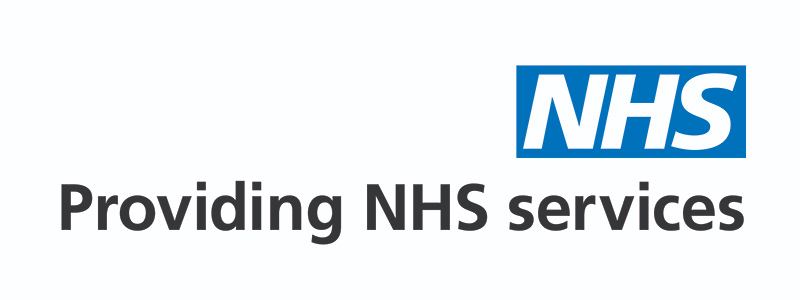Winterton
Medical Practice

Manlake Avenue
WINTERTON
DN15 9TA
Telephone: 01724 732202
Norfolk Avenue
BURTON UPON STATHER
DN15 9EW
Telephone: 01724 720202


Medical Emergencies dial 999
Out of Hours: dial 111

Winterton
Medical Practice

Manlake Avenue
WINTERTON
DN15 9TA
Telephone: 01724 732202
Norfolk Avenue
BURTON UPON STATHER
DN15 9EW
Telephone: 01724 720202


Medical Emergencies dial 999
Out of Hours: dial 111

Self-Care and Home Remedies
Medications
Physical Therapy
Medical Interventions
Lifestyle Changes
When to See a Doctor
Consulting with a healthcare professional for a proper diagnosis and comprehensive treatment plan is essential for effectively managing elbow pain.